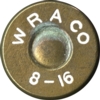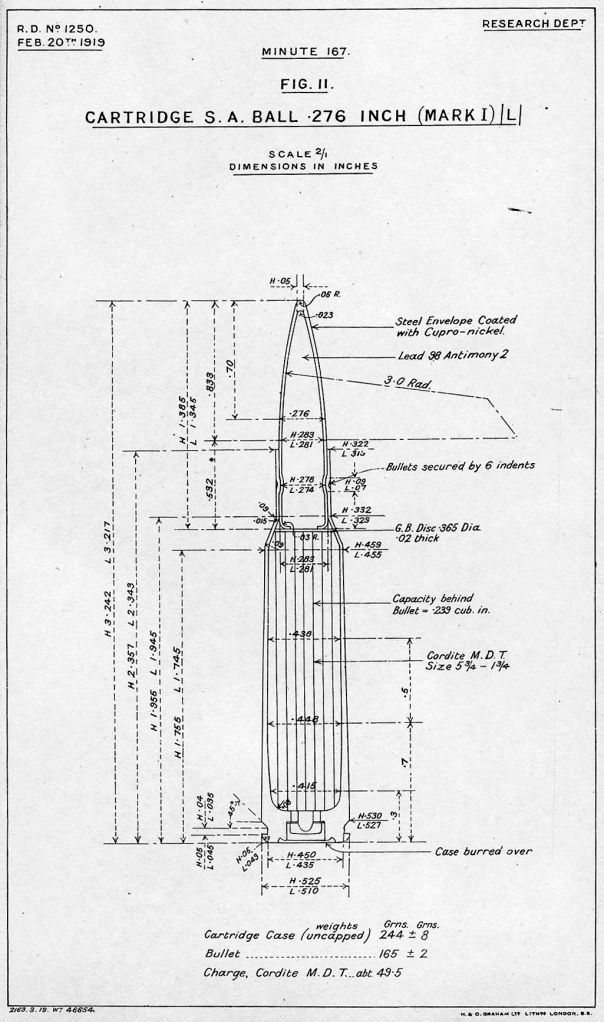As early as 1908, the Chief Superintendent of Ordinance Factories in Britain recommended to the Director of Artillery that .256 inch caliber ammunition to a new design should be made up for trail to gain experience with high velocity rimless cased ammunition. These ammunition trails had been extended by 1909 to include .276 inch ammunition. The British War Office also had ideas that the .303 SMLE did not have a long term future in the British Army. The Royal Small Arms Factory at Enfield designed a new rifle, at this point the Pattern 1911, around two calibres; the .276 and the .256. The .256 was found to be inaccurate and the .276 was adopted in mid-1911 for further testing. Problems with pressure and jacket fouling in the bore resulting from the high velocity round led to the cartridge being redesigned.
Numerous changes to the rifle and the cartridge led to eleven Pattern 1911 and Pattern 1912 rifles being manufactured. At the end of 1912, it was decided to put the latest incarnation of the design into limited production for troop trials in 1913 and 1,000 were ordered from RSAF. By the end of 1912, 508 rifles had been completed, and by the end of January 1913, 1,251 had been manufactured. The rifle was distributed to the army as the Rifle, Magazine, Enfield, .276-inch. The trials took place in Britain, Ireland, Egypt and South Africa and at the end the Chief Inspector of Small Arms recommended a number of changes, which resulted in a quantity of 6 improved Pattern 1913 rifles being manufactured between March and April 1914. The outbreak of World War 1 led to the abandonment of the effort to introduce a smaller caliber rimless cartridge for purely practical reasons.
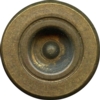

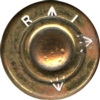

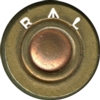

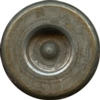
 Inspectors dummy
Inspectors dummy
